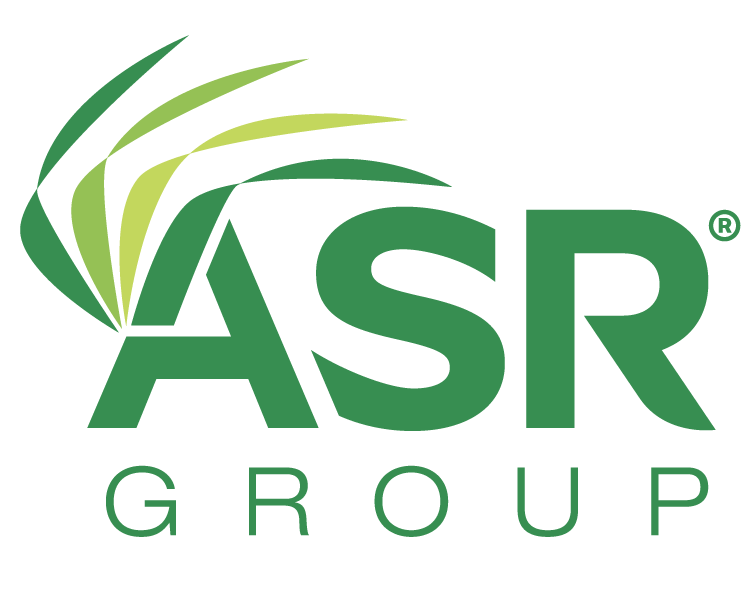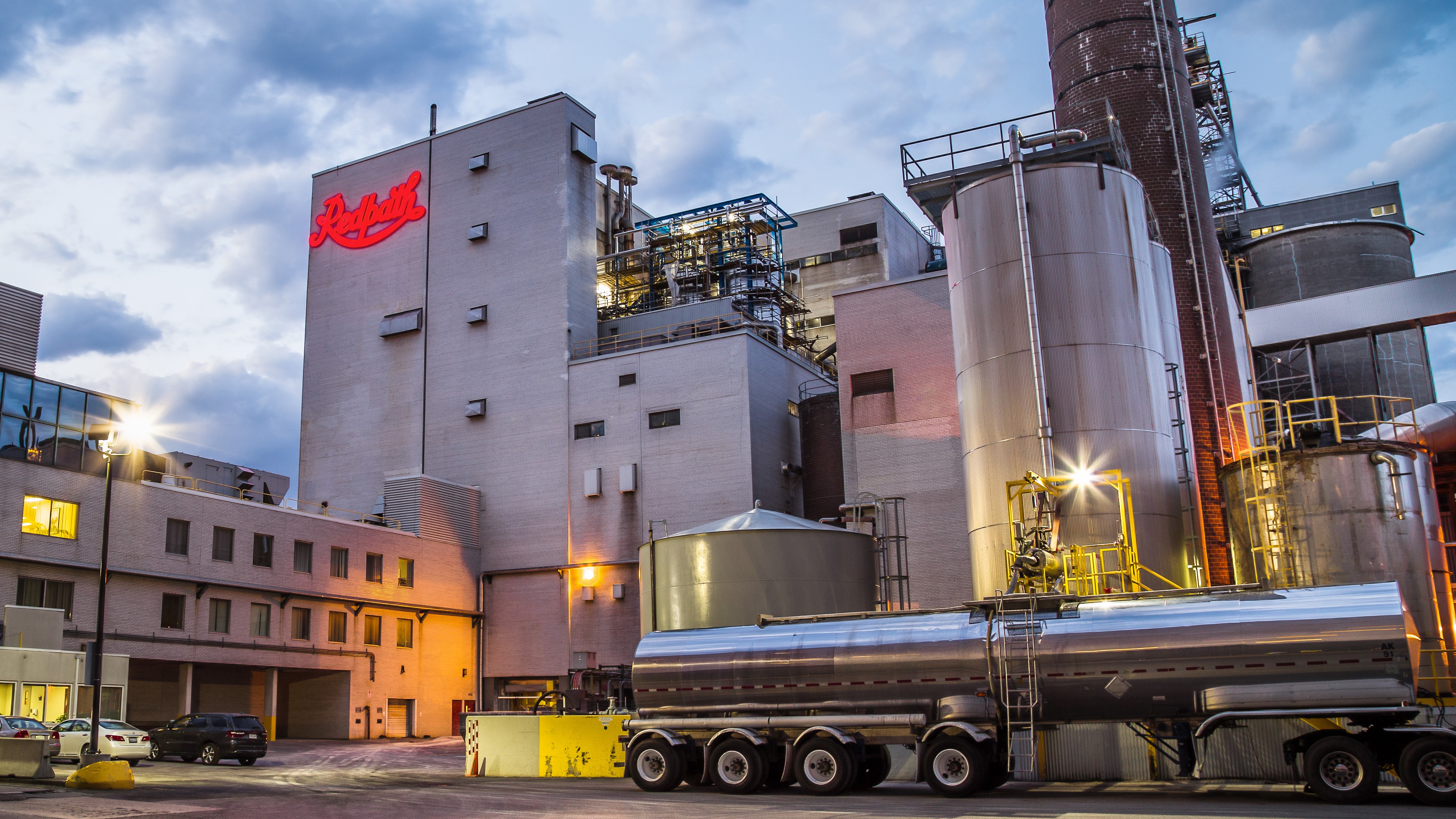ASR Group is proud to be a vibrant employer, an economic engine and a good neighbor in the communities we call home around the globe. The City of Toronto recently published the following case study highlighting our Redpath Refinery, which continues its more than six-decade legacy of producing Redpath® Sugar and providing hundreds of jobs on the city’s waterfront:
Over 36 years ago, Terry Brooks walked through the door of the Redpath Sugar refinery on Toronto’s waterfront as a student. “I got a summer job through a family friend,” recalls Redpath’s industrial sales manager. By mid-summer, he was offered a full-time position and when he countered with his plans to return to Western University that fall, the company offered to pay for his schooling to keep him onboard.
Predictably, Brooks stayed. He stayed on while years became decades and roles evolved. He stayed while he moved from desk to desk until he found himself with an office overlooking Toronto’s stretching waterfront, watching cranes disappear into highrise elevator shafts and the gap between buildings shrink just enough to create slivers of light across Queen’s Quay below. He stayed while everything around one of the few remaining employment areas on the waterfront became unrecognizable.
For 36 years, Brooks has watched what was once a reminder of Toronto’s waterfront industrial roots change into something new. “Up until now, it has been gradual,” he says. To him, one of the best ways to illustrate that evolution is the way the sugar refinery handles parking. With 270 employees, parking is essential. “When I first started here, our parking extended to the east, around the slipway to what is now Sugar Beach and into what used to be a vacant lot where the Corus building now sits,” says Brooks. When the Corus building went up, Redpath’s parking was moved to the west, a lot which was eventually replaced with a new condo. “We also used it for truck staging and the truck traffic that came in and out.”
Redpath eventually struck a deal with a condo development to take its parking underground. Brooks says it’s a small part of the story but an apt symbol for the evolution of the surrounding area.
The refinery has been in operation since 1959. It’s an essential processor of raw sugar from Brazil, Central America, and Mexico, supplying the Greater Toronto and Hamilton Area and regional markets. The site is an active commercial port, with an annual capacity of approximately 650 metric tonnes, explains Cyril Ryan, senior vice president of Redpath. The refinery’s proximity to the Gardiner Expressway allows for 30,000 truck trips annually to access regional highways, providing 48% of the sugar consumed in Canada. The plant is also Redpath parent ASR Group’s most energy-efficient North American refinery, generating its own steam and power.
Simply put: for Redpath, this small sliver of Toronto’s shapeshifting waterfront couldn’t be more critical. Ryan says sometimes he gets asked when the company is going to leave Toronto. “There’s not a lot of places to go,” he says. “We need a deep water port.”
Instead of delving into a hunt for some goldilocks location, Ryan says Redpath feels like it’s exactly where it needs to be, even if it is one of the last remaining industrial standouts along the waterfront. A regional boom in food manufacturing means the business has “never been in a better position to exist.”
But to do so, the company has focused on being a “good neighbour.” It’s worked proactively to address potential noise and scent mitigation issues with new developments. When residential developments cropped up on the west side of the refinery, Redpath developed an innovative sound barrier to co-exist within the mixed-use neighbourhood.
As the waterfront evolves, Ryan says Redpath continues to be actively engaged in Queens Quay planning, the Waterfront East LRT Extension, Waterfront Toronto’s Marine Use Strategy, Toronto’s Freight and Goods Movement Strategy, Noise Bylaw matters, and other local placemaking projects.
“Our position in Toronto on the waterfront is special,” says Ryan. “There’s not a lot of other industries that really exist around here anymore so we understand that we really have to adapt if we plan on being here for the long term.”
It isn’t always easy. As more planned developments turn into shadows across Queen’s Quay, it’s hard not to imagine the nearby waterfront trails and sidewalks becoming busier. “We are an industrial site that is moving trucks in and out of our facility, all day, almost seven days a week,” says Ryan. “So we’re really concerned about safety and making sure there are protocols in place that we can operate the site as best we can and make sure that the people around the area are safe and aware.”
He says the way the area is changing creates plenty of scenarios where there could be a conflict. “My job is to focus on ways to try and coexist,” adds Ryan. For Brooks, he says he’s optimistic about the direction the neighbourhood is going. Even still, the area isn’t the one he first visited over 30 years ago.
“It’s going to be a place that the kid who walked in the door in 1986 wouldn't recognize,” says Brooks. “I'd get lost because I wouldn't be able to see the refinery from where I'm standing… back then you could see it from three miles away because there was nothing else here.”


